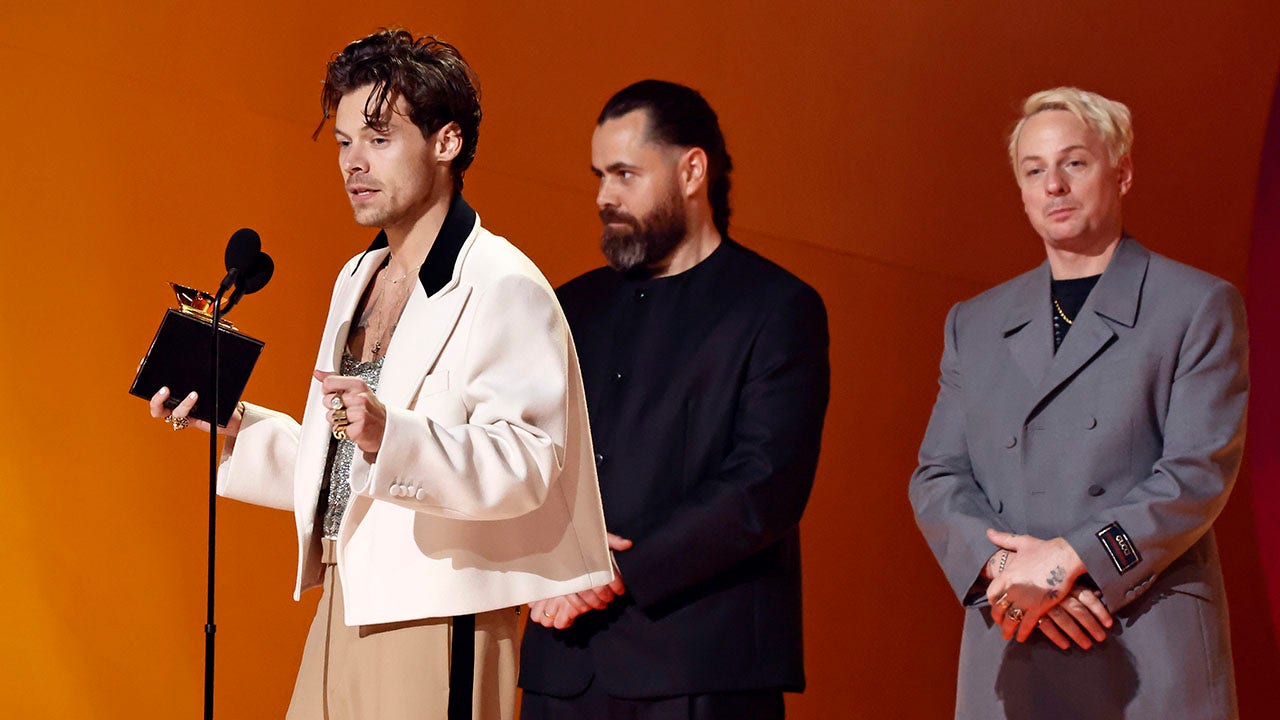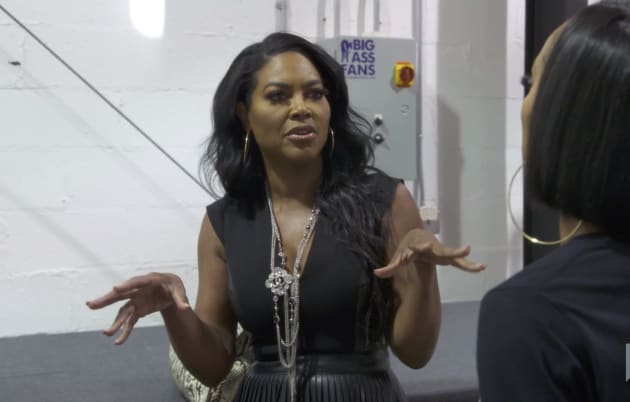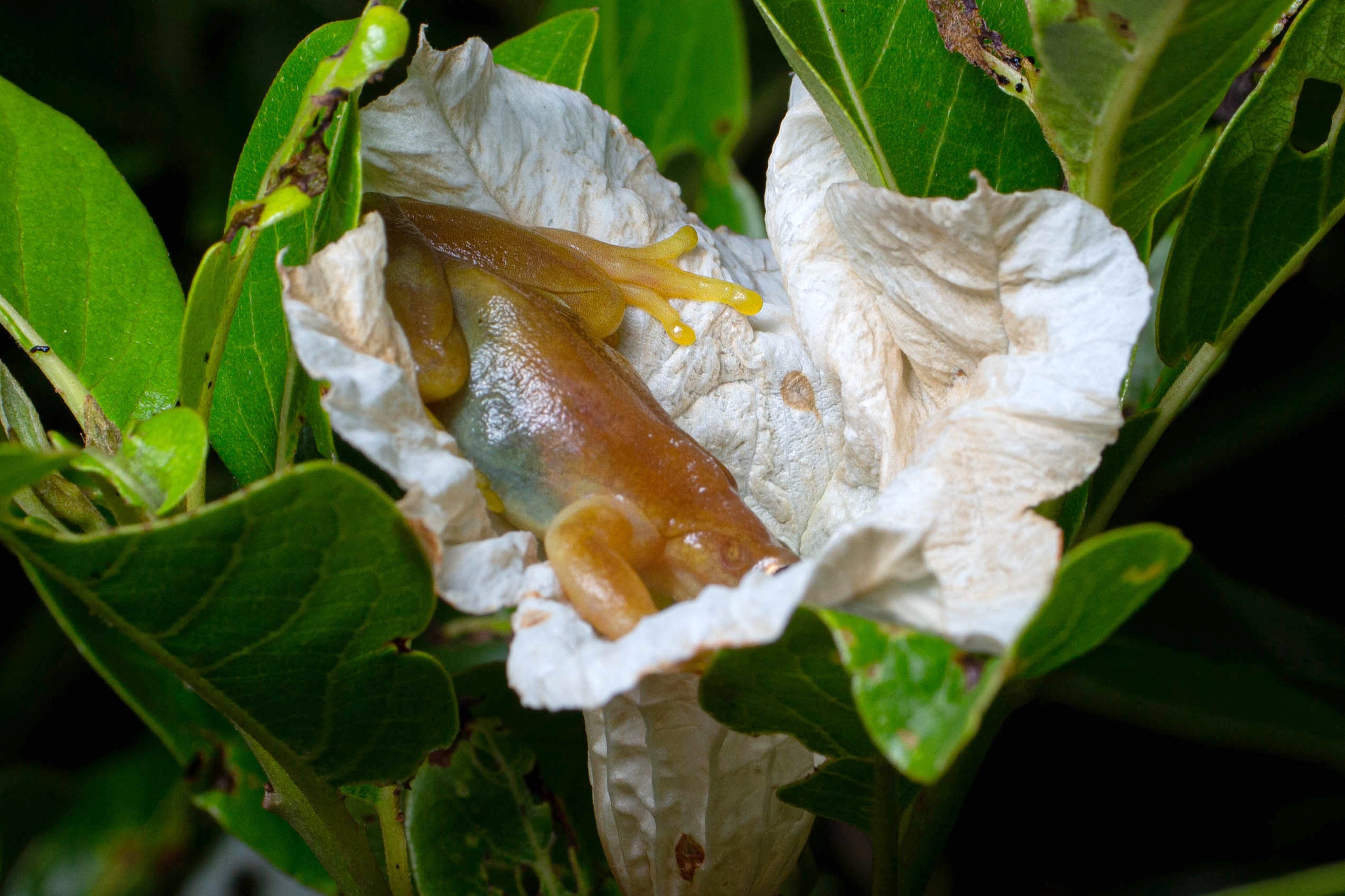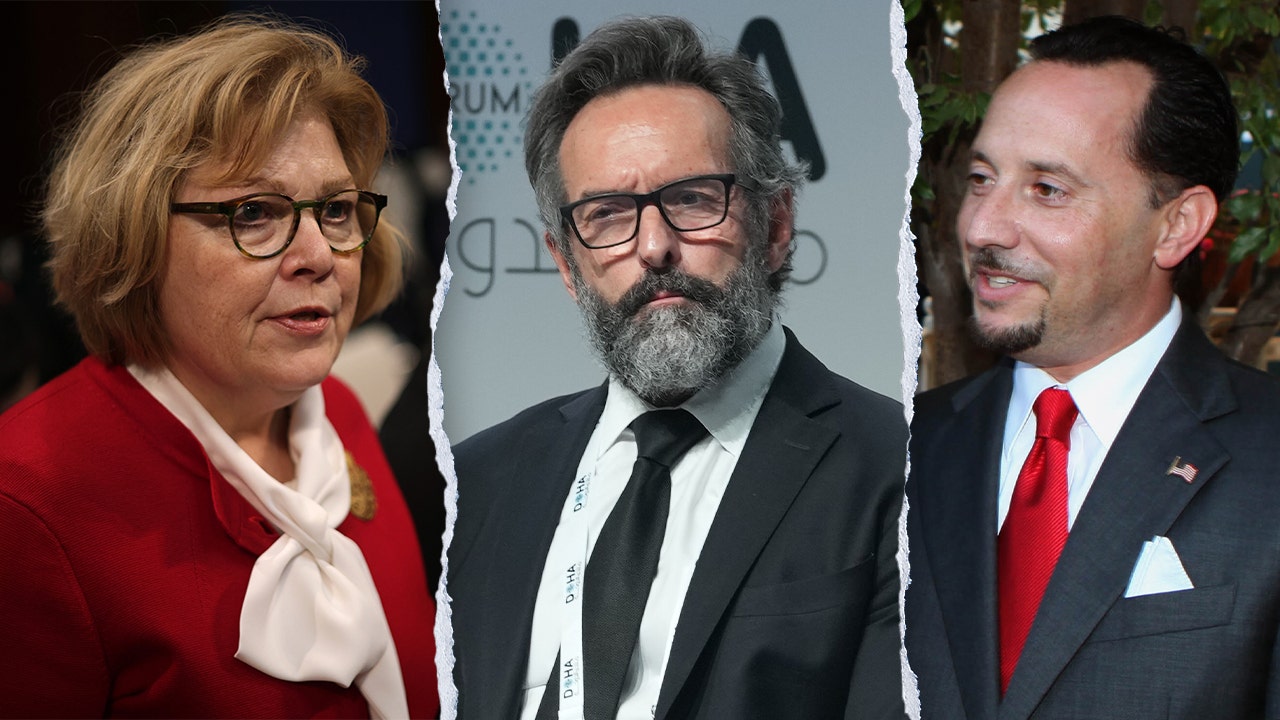Robert Dalva, the film editor who earned an Oscar nomination for his work on the touching family adventure The Black Stallion and collaborated with director Joe Johnston on five films, including Jumanji and Captain America: The First Avenger, has died. He was 80.
Dalva died Jan. 27 of lymphoma in Marin County, California, his son Matthew Dalva told The Hollywood Reporter.
Dalva attended USC film school in the same class with George Lucas, and he went to work with him and Francis Ford Coppola in 1969 as the pair launched their innovative American Zoetrope production company in San Francisco.
The relationship paid off when Lucas hired Dalva to handle second-unit photography — he shot the land speeder going across the desert — on the original Star Wars (1977).
On the Coppola-produced Black Stallion (1979), starring Mickey Rooney in an Oscar-nominated performance, Dalva partnered with director Carroll Ballard, who also did second-unit work on Star Wars.
“We had almost a million feet of film,” Dalva said in a 2012 interview. “A two-hour movie is about 12,000 feet. And the island section of the movie, which was about 37 minutes of the film, represented three quarters of that million feet. So, the big battle was getting the island section down to a manageable length that made sense.”
Later, Dalva recalled, he was walking down the street near Zoetrope when “Francis pulled up in a taxicab and got out. And he said, ‘Robert, if there’s a sequel to Black Stallion, you want to direct it?’ And I said, ‘Sure, Francis.’”
The Black Stallion Returns (1983), shot in Italy and Morocco, marked the only feature Dalva directed. (He did helm episodes of Crime Story and Lucas’ Clone Wars for television.)
Born in New York on April 14, 1942, Robert John Dalva booked movies for a film program while attending Colgate University and took a took a film class most Fridays at Syracuse University, where he learned how to run a camera.
“The real start for me was seeing The 400 Blows by François Truffaut. It was then that I realized that movies could really capture [you],” he said.
After he graduated from Colgate in 1964, he spent three years at USC, where his classmates included Lucas, John Milius, Caleb Deschanel, Walter Murch and Randal Kleiser.
Right out of school, he landed a job with future Oscar-winning film editor Verna Fields (Jaws) at the U.S. Information Agency, then cut Agnès Varda‘s Lions Love (1969) on a flatbed editing machine.
In addition to Jumanji (1995) and Captain America: The First Avenger (2011), Dalva edited the Johnston-directed October Sky (1999), Jurassic Park III (2001) and Hidalgo (2004). Coincidentally, Johnston worked on Star Wars, too, as an ILM representative for the film’s miniature and optical effects unit. The two didn’t realize that until decades later.
Dalva’s editing résumé included Haskell Wexler‘s Latino (1985), Brian De Palma’s Raising Cain (1992), Wayne Wang’s The Joy Luck Club (1993), The Prize Winner of Defiance, Ohio (2005), Touching Home (2008), Immortals (2011), Lovelace (2014), Sweetwater (2015) and Heist (2015).
Dalva also served as a cinematographer on the fourth and fifth seasons of the CBS crime series Nash Bridges from 1999-2000.
In 2017, he began teaching part-time at the San Francisco Film School and later edited the documentaries Evolution of Organic (2018) and San Francisco Stories (2021). He was a big San Francisco Giants fan and was at Game 3 of the 1989 World Series with his daughter Cory when an earthquake rattled Candlestick Park.
In addition to Matthew and Cory, survivors include his wife, Marcia, whom he married in 1964; son Marshall; daughter Jessica; grandchildren Nathan, Zach, Luellen and Calvin; and brother Leon.
Donations in his memory can be made to EngenderHealth, the Tulane Brain Institute, Mendocino Area Parks Association and/or California College of the Arts.
Dalva “felt that movies move through time but are finite,” Matthew Dalva said. “The experience of a movie takes you along second by second, minute-by-minute, shot after shot, until the experience ends. But time is rarely real in a movie, it must be compressed and manipulated. The stories that he helped tell, pace, structure and set the mood entertained and made millions experience different worlds and stories and see new things.”
In his 2012 interview, Dalva said taking a course in race car driving at Sears Point in Sonoma, California — a present from his wife — made him a better film editor.
“It was kind of a method to help you focus on what was happening right in front of you,” he explained. “And if you are in a car driving a hundred miles per hour, it makes sense to be completely concentrating on what you are doing. I came away with a sharpened ability to concentrate. And it has helped me enormously. I think I had the ability, but the driving school sharpened it.”


























































